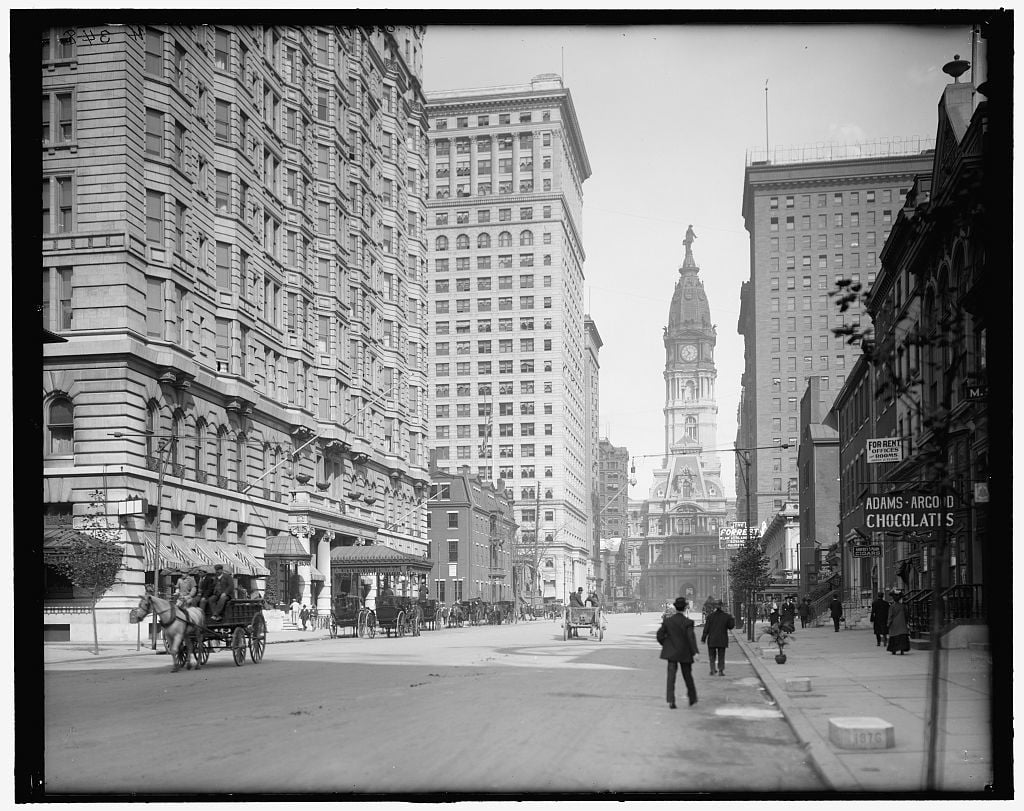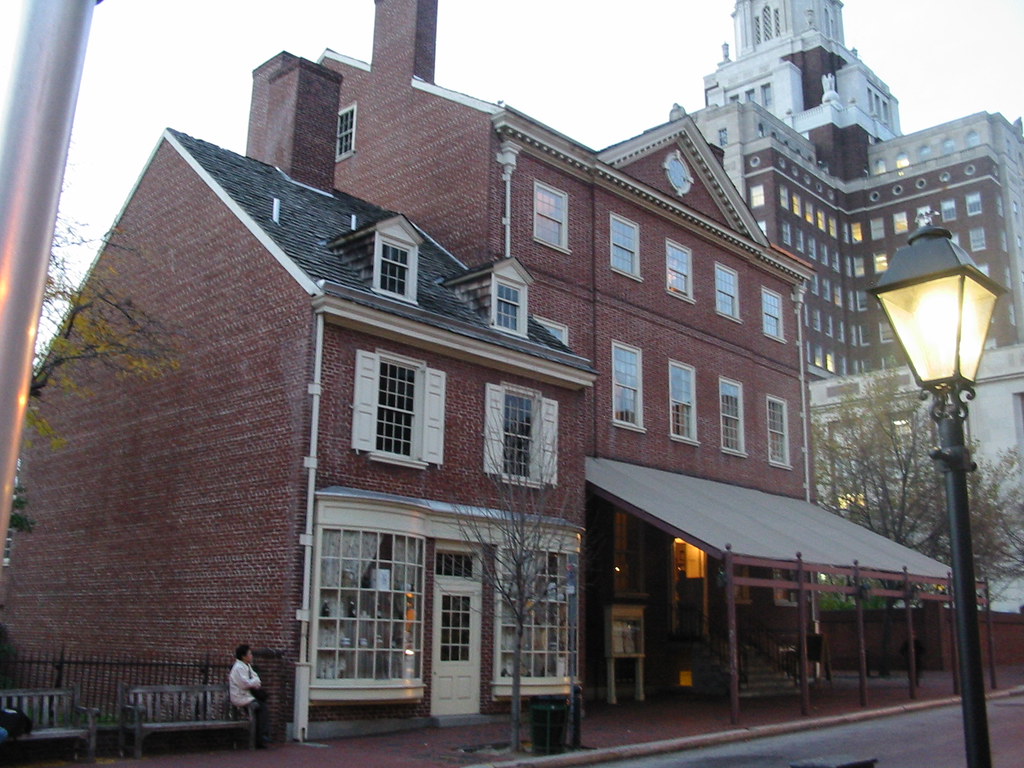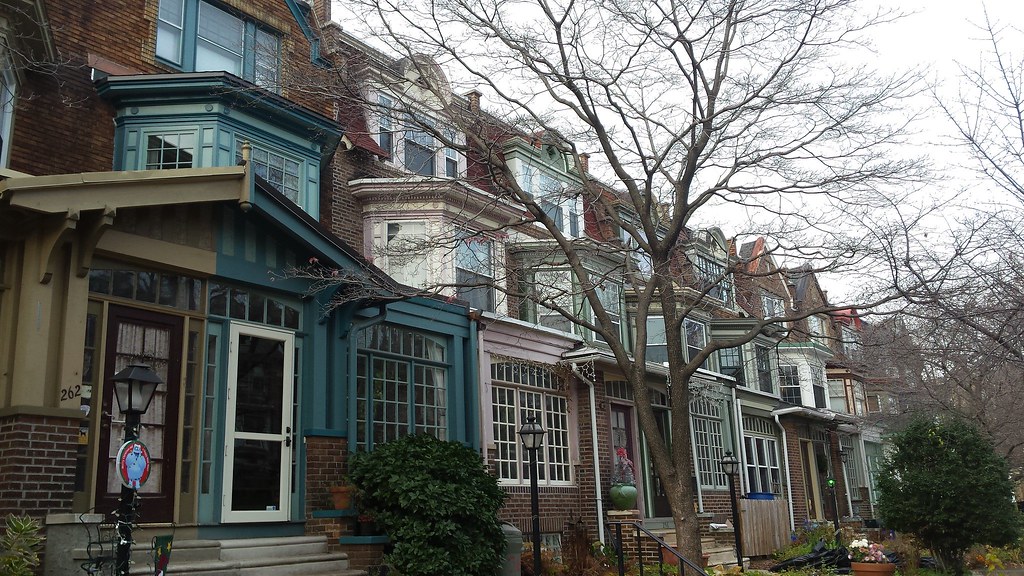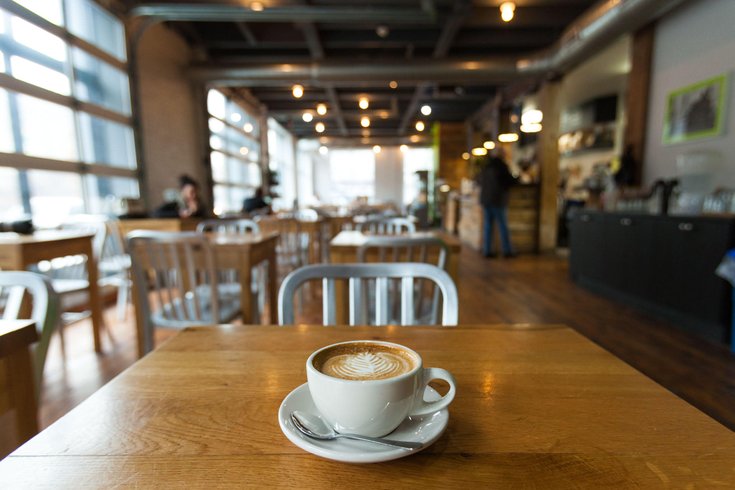Introduction
From the warm streets in France to all around the world, cafes have long been more than just a supplier of caffeine, but a cultural hub for many. These establishments serve as essential meeting spots for any type of person looking to indulge themselves in a warm cup of coffee and a book, meet with friends to catch up about their lives, finally take time to study for that exam they have coming up, or even a place to grab a quick bite on their way to work. It is no different in the heart of Philadelphia, where a cup of coffee might just fuel almost half the population each morning. Philadelphia is home to so many different cafes, from the hectic Center City to the quieter residential corners, serving as a testament to this historic and cultural city. In this story, we will embark on a journey through the history of cafes in Philadelphia, what they mean to social culture, and how they shape and grow the lives of the neighborhoods they reside in.

Cafes in Philadelphia Throughout History
Philadelphia is a very historic city in the United States and is home to a lot of important historical artifacts from colonial America. For instance, there is the Independence Hall building, which was where the Declaration of Independence was signed, and towards its city’s center, there is the Liberty Bell off Market Street.

Though these artifacts have little to no relation to the cafe culture in Philadelphia like we know it to be today, some of the founding fathers and other historical political figures used cafes,––sometimes referred to as taverns back in colonial America––to meet and delegate over a drink and food. According to the website, USHistory.org, “City Tavern, also called the Merchants’ Coffee House, was the political, social, and business center of the new United States. Jefferson, Adams, Franklin, and Paul Revere all ate here. The Declaration of Independence and The Constitution both owe much to the food and spirits consumed in this building.” The City Tavern was a crucial spot for many in historic Philadelphia and is now an active museum on the corner of 2nd and Walnut Street.

As technology advanced and the United States entered the era of the Industrial Revolution and more jobs and dining places emerged, cafes continued to grow in popularity and eventually grew into the worldwide phenomenon that we know today. I know in every town or city I have been to, I have managed to find a cafe of some sort, serving as a social hub and third place for many people.
The Neighborhoods and Economic Benefits
Now, don’t you just love it when there happens to be a cafe nearby on almost any occasion? I know I do. I have been to many cities and states throughout the U.S. and in almost every place I have been to, I have somehow made my way to a cafe, mainly just to grab coffee and breakfast. There is this sense of comfort in knowing that there are cafes in all parts of the world that have become a universal experience for me, bringing a sense of comfort and stability.
For the entirety of my life, I have lived no more than a 30-minute drive away from Philadelphia, and now for the past year or so, I have been a proud resident of it. Today, when I find myself wandering the city going shopping, or just going for walks, I always mentally take notes of any cafes I see, as another potential place I might go to one day, or even just in that moment. Of the cafes I have been to or happened to come across, my favorites tend to be the ones that are in the center of residential areas.
These little eateries that are built directly into the flow of neighborhoods feel so active, comforting, and like a crucial part of the neighborhoods they are in. Whether they are just on the street’s edge or connected to the lobby of an apartment building, they feel like hidden gems.
In a piece published by Sumato Coffee Co., it says, “Coffee Shops are often considered as a social place in many communities. They are places where people gather to socialize, work, and relax. These small businesses play a vital role in the development and growth of communities.” And it is true, these cafes are built around communities and are a social hub for anyone to enjoy, and in your enjoyment, it also boosts the local economy of the neighborhoods. In the same piece it says, “[Cafes] also contribute to the local economy, support other businesses, and provide a venue for social and cultural events. These small businesses play a vital role in the building and maintaining a strong sense of community, which is essential for the overall well-being of individuals and the community as a whole.”
Rowhome Coffee
One of these cafes that strive to create a better neighborhood and promote community engagement in Philadelphia is Rowhome Coffee. Of its two locations in Philadelphia, I have been to one, on the corner of Pine Street and 26th, in the heart of the Fitler Square neighborhood, right next to the Schuylkill River Park. But, before I talk about the cafe itself, I need to talk about what a row home/house is and its history in Philadelphia.

Rowhome Coffee is built into a row home, which was and still is a very popular form of housing. These homes are very small, compact, contain only a few floors, and most importantly, are cheap. The Encyclopedia of Greater Philadelphia describes the history of the row home in the following excerpt: “As the city expanded in the later eighteenth and nineteenth century and speculative development increased, the streets filled with orderly rows of houses… As Philadelphia rapidly expanded after the Civil War, the row house served as the standard form used by builders to fill in new neighborhoods. In 1891, editors of the nationally circulated Harper’s Weekly understood that the ‘typical Philadelphia home’ was a row house, and included illustrations of an ornamented brick row house with [a] front porch alongside a more humble version, implying for the magazine’s audience that the row house could house both working and middle-class residents. In 1893, city promoters embraced this characterization when, at the World’s Columbian Exposition in Chicago, they constructed a simple brick row house described as a ‘model Philadelphia house.’ The cost for such a building was approximately $2500.”
These row houses then became homes and are seen all throughout Philadelphia, most of them still being used as residential spaces, but in the case of Rowhome Coffee, they decided to build their cafe directly in one of these homes that was once a barroom, creating a sense of history and authenticity. On their website, it says, “Rowhome’s first location occupies a nearly 150 year old barroom in the Fitler Square neighborhood, while the second location serves the historic East Kensington neighborhood from what was previously a corner pharmacy established in the early 1900s”
I discovered Rowhome Coffee not too long ago, on an Instagram account that is dedicated to promoting and talking about the best eateries in Philadelphia. From what I could see virtually about Rowhome Coffee, I knew I had to visit and grab a bite. And after visiting, I instantly fell in love with the cafe and the area that was around.
When I arrived, I could just tell the neighborhood was a bustling one, but somehow still quiet and serene, and instantly got in line to order. Due to the general size of row houses, the cafe was small, so the line went completely outside onto the sidewalk. The atmosphere felt so comforting, and I just knew this cafe had so much to offer outside of just coffee and pastries––a sense of community. So many people inside and outside were doing so many different things; some were reading, but most were chatting with their friends and family. From the atmosphere and friendly environment, I could tell Rowhome Coffee has such a significant impact in the local neighborhood and the surrounding Philadelphia area.
From an economic perspective, most, if not all, shops, for food, drinks, clothes, whatever it may be, tend to neighbor other shops on plaza, districts, and streets. But Rowhome Coffee was completely different. Rowhome Coffe, at least on Pine Street, was built directly into the neighborhood, not surrounded by a single shop. This shows us that Rowhome Coffee strives for a lot more than money, as most businesses do. They strive to build a better community, providing a comforting space for people to use as an interconnecting social hub.

Conclusion
While Rowhome Coffee is a quaint cafe in the heart of a Philadelphia neighborhood, it is only one of many cafes that serve the same purpose. Each cafe serves as a social hub for all types of people looking to indulge themselves in a worthwhile part of a universal culture. Cafes play such a valuable role in society around socializing and the economic benefits supporting small businesses. And this role is still crucial to the historic city of Philadelphia.